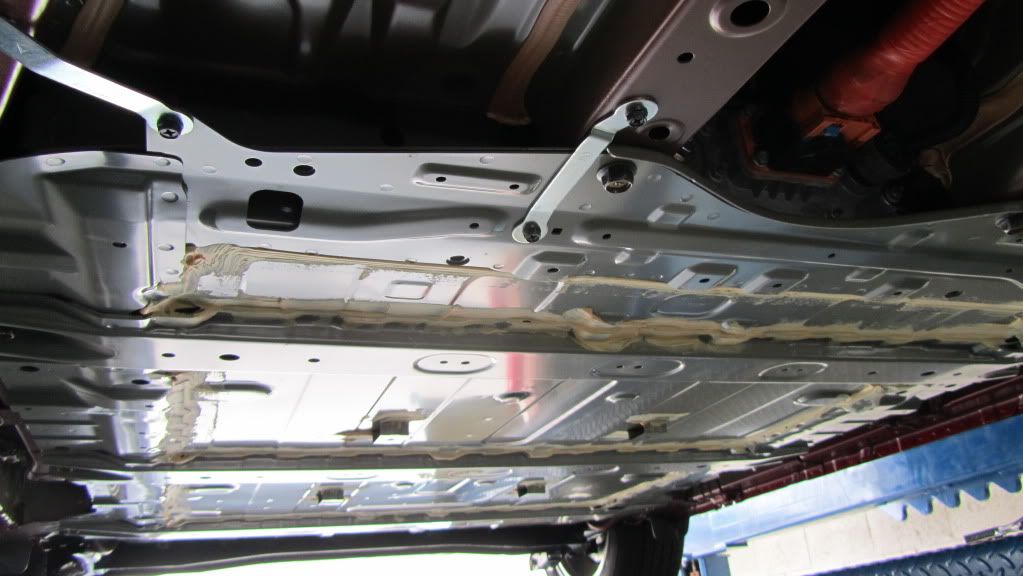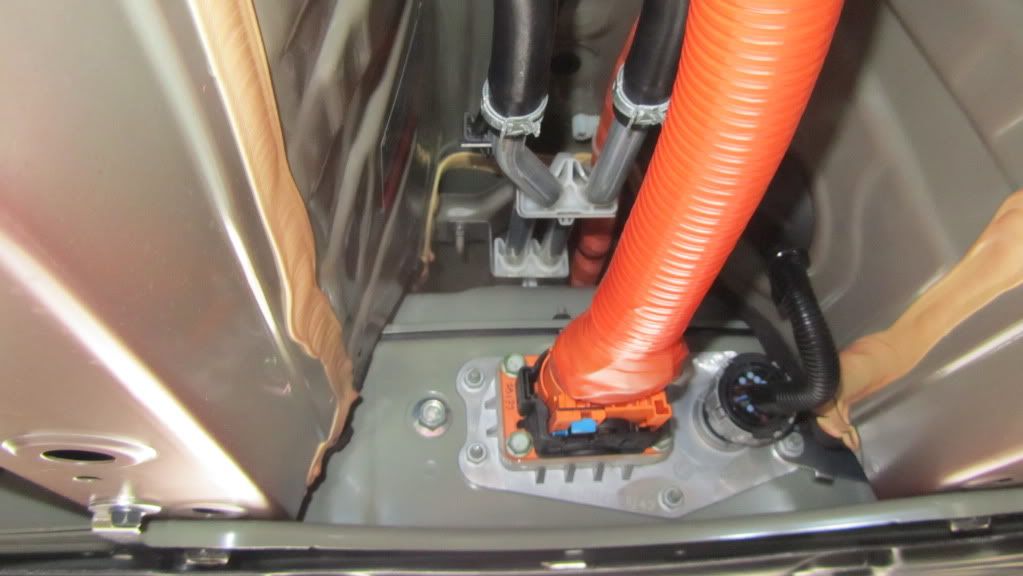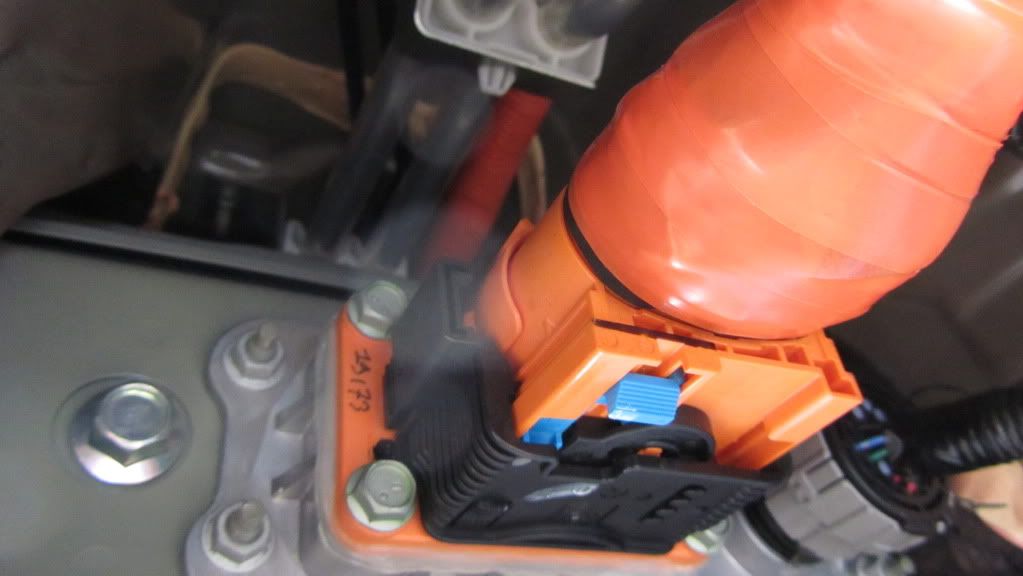garygid
Well-known member
This thread is for discussing the meaning of the messages that occur on the LEAF's "EV" CAN buss.
About 1 million messages per hour were recorded during a 6-hour charging (20% to 100%) session.
A message-ID that appears to contain the "SOC" occurs on this buss about every 6 seconds while charging.
I have posted one 6-million EV-CAN-message example ".evc" file (a 6-hour charging session).
I have also posted a ".csv" file with a "recipe" for each of the various "decoded" values that have come to my attention.
These files can be read by my evolving "CAN-Do" program (also posted, for WinXP, Vista, and Win7). With these files you can use the program to look for yet "undiscovered" meanings in the 8 bytes of data that are part of each (most) messages.
See http://www.wwwsite.com/puzzles/cando/
to download copies of these files if you want to "play" in this game, without any hardware or expense. No, no User Manual yet. See the "CAN-Do: a CAN-message Analysis Tool" thread for more details.
CAN-Do can capture, log, help with analysis, do data graphing, and even display a time-lapse or real-time "dashboard".
About 1 million messages per hour were recorded during a 6-hour charging (20% to 100%) session.
A message-ID that appears to contain the "SOC" occurs on this buss about every 6 seconds while charging.
I have posted one 6-million EV-CAN-message example ".evc" file (a 6-hour charging session).
I have also posted a ".csv" file with a "recipe" for each of the various "decoded" values that have come to my attention.
These files can be read by my evolving "CAN-Do" program (also posted, for WinXP, Vista, and Win7). With these files you can use the program to look for yet "undiscovered" meanings in the 8 bytes of data that are part of each (most) messages.
See http://www.wwwsite.com/puzzles/cando/
to download copies of these files if you want to "play" in this game, without any hardware or expense. No, no User Manual yet. See the "CAN-Do: a CAN-message Analysis Tool" thread for more details.
CAN-Do can capture, log, help with analysis, do data graphing, and even display a time-lapse or real-time "dashboard".



